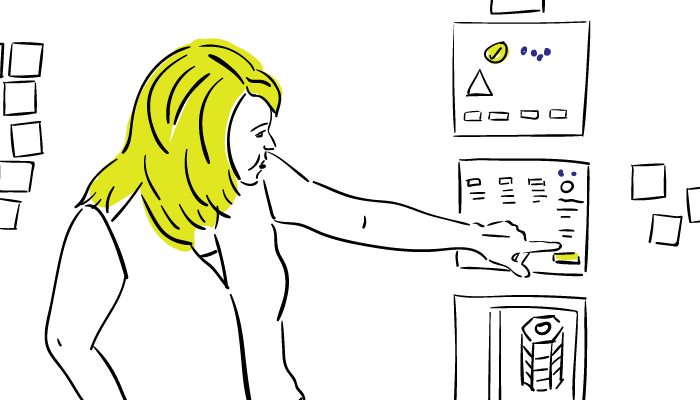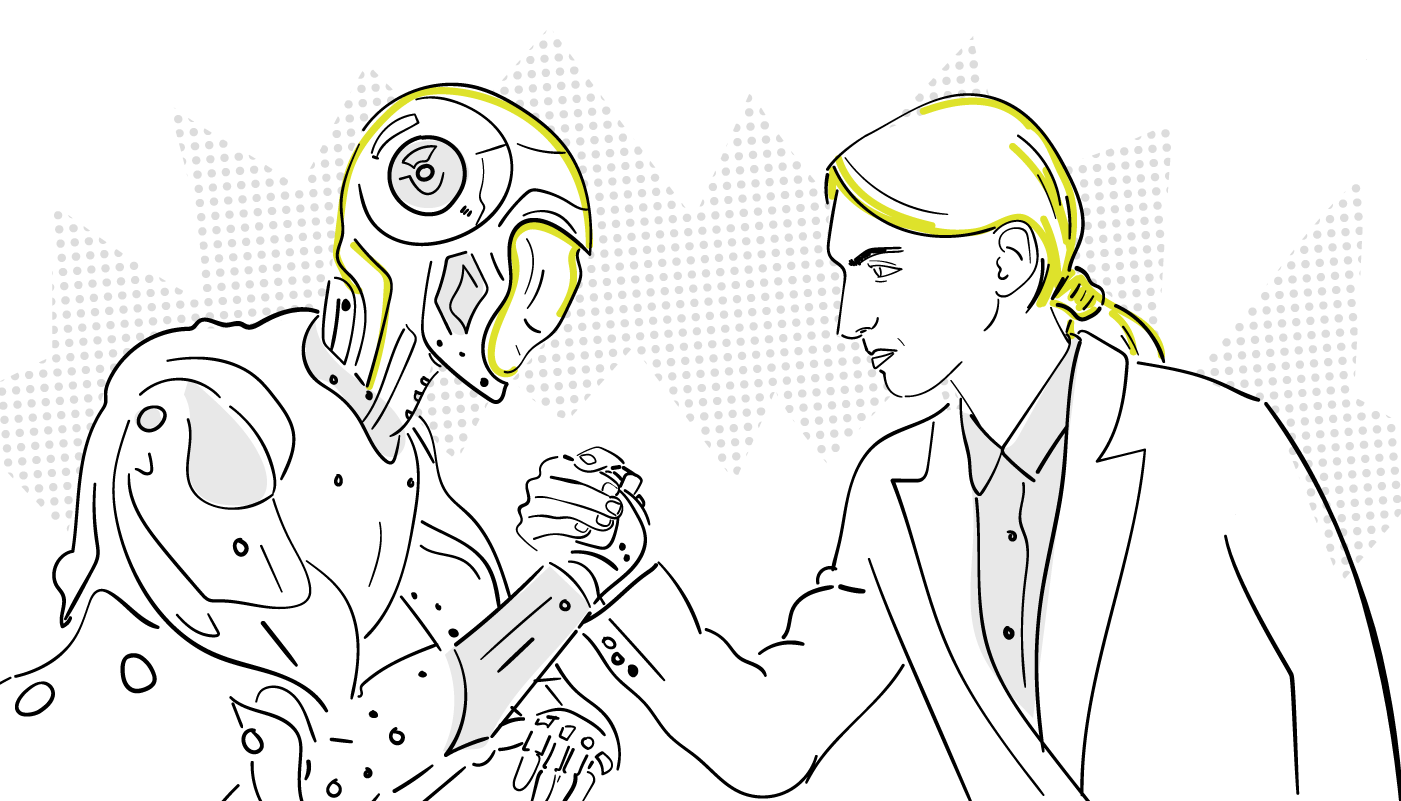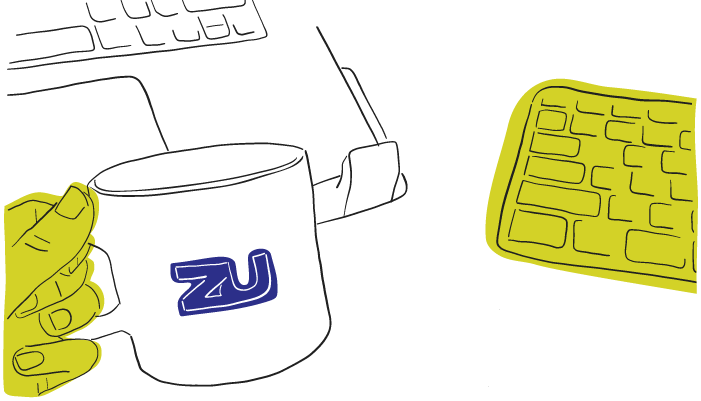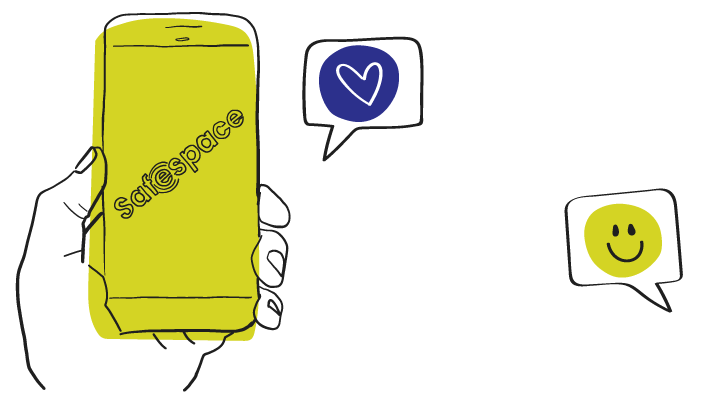

Dimensions: A Sprint for the Future of Android
Dimensions: A Sprint for the Future of Android
Read the articles inspired by the research, knowledge and experiences of our leading strategists, designers and developers.
zu Designer, Brittany Lloy, was invited by Google to participate in a Design Sprint in San Francisco. An array of innovative Android app concepts emerged, including Safespace, designed by Brit's team as a place for survivors of sexual trauma to safely and anonymously find community and support. We asked her about her experience learning about Material Design, presenting to the Google Ventures team, and the greater benefits of applying a Google Design Sprint to your projects.
1. For those who don't know, what's a Google Sprint?
A Google Sprint is a framework developed by Google by combining many different "design thinking" methods. This framework is meant to take place over a short time span (typically 3-5 days) and helps solve problems, generate ideas, and reach your business goals, quickly!
2. What were you most looking forward to on the trip?
So many things! I was really looking forward to visiting the Google offices (one of many, I later learned). I really wanted to see how this fantasyland was run, what the people were like, and how they worked. I was also excited to learn more about Android and Material Design. I felt like a bit of a fraud going there without much knowledge on the subject and an iPhone in my back pocket, but I quickly learned I wasn't the only one in that position so that was comforting. San Fran was also on my shortlist of places to visit, so it was exciting to experience the city while also taking part in an amazing learning opportunity.
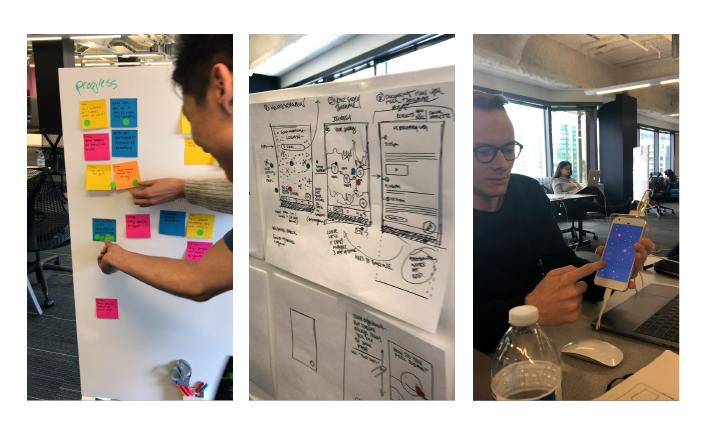
3. Take us through the experience!
I first met Kai Haley, a Sprint Master at Google, at a conference I attended in Jackson Hole, WY this past winter. She told me about this sprint she was hosting and asked if I wanted to join in with the ~25 other designers and developers she had invited from around the globe. To say the least, I was beyond stoked.
The first, and most intense day (especially on 3 hours of sleep due to flight delays), we started the morning with a handful of mini presentations to get the creative juices flowing. Following that, we assembled into our pre-assigned groups. My group consisted of 6 members from varying backgrounds, which I thought brought a really fresh, eclectic perspective to the project.
Each group was given a topic to explore and base their project on. Ours was “Self-Activating—Explore how an Android can help people improve their own health and emotional wellbeing.” We took this and ran through a series different methods (HMW's, Voting, User Personas, Storyboarding, Crazy 8's etc.) to choose a more narrow focus for our app.
The second day, we hit the ground running and more clearly defined our sketches from the previous day, breaking them into high level features. We then created a moodboard, logo and a simple styleguide. I was surprised by the results - after working apart, we came together and had almost the exact same vision for the app. From there, we applied those styles to the mocks, and started creating a simple prototype using a combination of Sketch, Adobe XD and Adobe After Effects.
The third day it was really down to the wire. On our agenda was finishing up the prototype and doing interviews about the app with the Google team. We then presented to the other groups, along with a number of Google staff members from around the globe and a team from Google Ventures via video call. It was nerve-wracking. Seeing what the other groups came up with in such a short period of time was exciting, and I was proud of everyone’s hard work.

4. How did you come up with the concept for the app?
Our assigned topic was around health and emotional well-being, and we didn't want to do another cliche fitness or diet app, so we asked ourselves how can we really create change, how can we do something new and disruptive. That's how we came up with SafeSpace — An app to give survivors of sexual trauma a place to safely and anonymously find community and support. Users can journal and track their daily emotions, share their thoughts and feelings with other survivors in daily blogs, follow and communicate with people who have had similar experiences—all without the fear of social judgment, shame, or further trauma.
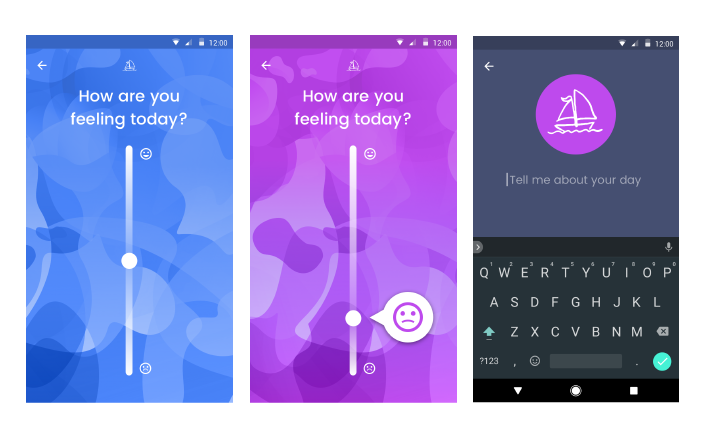
5. What was the most challenging element of the whole process?
Our group was unique in that we only had one developer and the rest of us were designers. In contrast, most other groups were a balanced 50/50 split. So the challenge was that we had several designers working on different screens at a rapid pace without much time to check in and ensure we were all designing a consistent aesthetic as well as a cohesive user experience. This is the challenge within a Design Sprint; there isn't much time to perfect your designs, and it can be difficult to let go of the pixel-perfect notion most designers are used to. In a way this is also the beauty of a Design Sprint; you get a product concept incredibly fast and aren’t distracted by the details - because chances are, they’ll be changing several times before launch.
6. What's something you learned with Google that you're applying here at home?
So. much. I think the biggest thing I took back was my familiarity with Android and Material Design. I very quickly learned how to apply these guidelines to apps that we design here at zu, and I was lucky enough to apply them immediately upon returning from San Fran - so I was able to flex and develop that muscle. Not only that, I also learned a lot about Design Sprints and how adaptable and beneficial they can be to solve problems. I truly want to use them for all of life’s challenges now! On top of those hard skills, I feel it also shaped my soft skills such as working on core products within groups at a fast pace - it ain't easy! Overall I'd say I learned more in 3 days than I typically do in 3 months.
Further reading
If you’re curious to read more about SafeSpace itself, you can explore it in this article. For more on Android and Material Design, Google has a great overview here. Google has also just developed a very helpful site for individuals or teams looking to learn more about Sprints, which includes tons of resources to assist you in facilitating your own. Good luck on your sprinting adventures!

